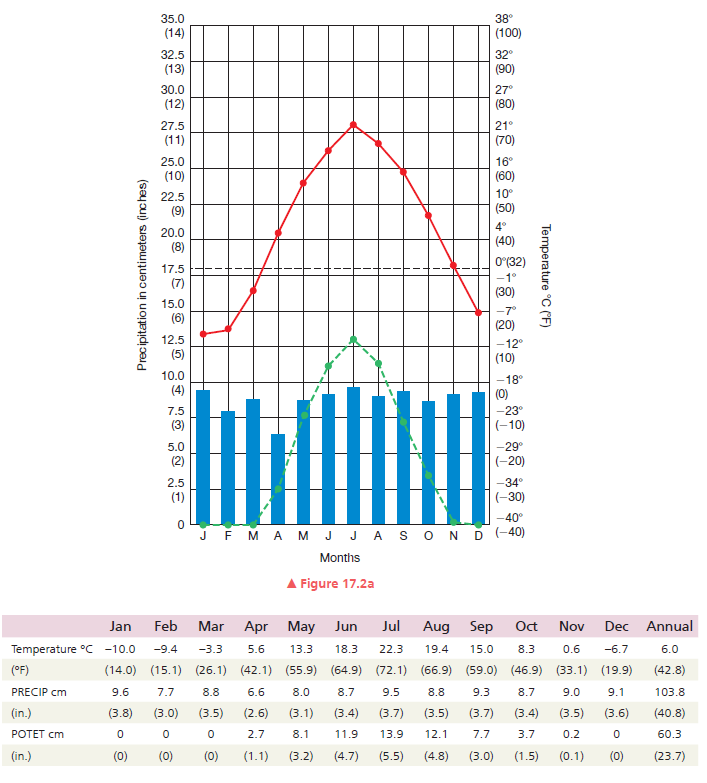A river emerges from a valley onto a flat plain, but the river itself lies in a narrow, shallow canyon as it crosses the plain, then plunges into a steep sided canyon as it flow past the plain
A geologist floating down the canyon headed for the whitewater in the canyon notices the river is flowing through lake deposits as it flows across the plain. What happened in this area?
A) The river used to flow into a lake, which formed a temporary base level, but in recent geologic time the lakes dam broke, and the river is now downcutting in response to the change in local base level.
B) The river has cut a deep canyon that crossed through a lake, and this process has been continuous for a long time.
C) The river is at base level throughout its trace and has been for a long time.
D) The geologist can't be right; this is an impossible scenario.
A
You might also like to view...
Station #2:

Which of the following is true concerning the Saffir-Simpson scale except
A) category 3–5 storms are considered major hurricanes. B) Hurricane Katrina was a category 5 hurricane. C) a tropical storm becomes a hurricane when winds exceed 119 km/hr (74 mi/hr). D) a category 5 hurricane produces more than five times the damage of a category 1 hurricane.
This atmospheric component absorbs damaging ultraviolet radiation from the Sun
A) argon B) neon C) ozone D) helium E) nitrogen
Which of the following is NOT true about passive continental margins?
A. They are commonly found at subduction zones. B. They form after continents are rifted apart. C. They occur away from plate boundaries. D. They have little seismic or volcanic activity. E. They tend to be wider than active margins.